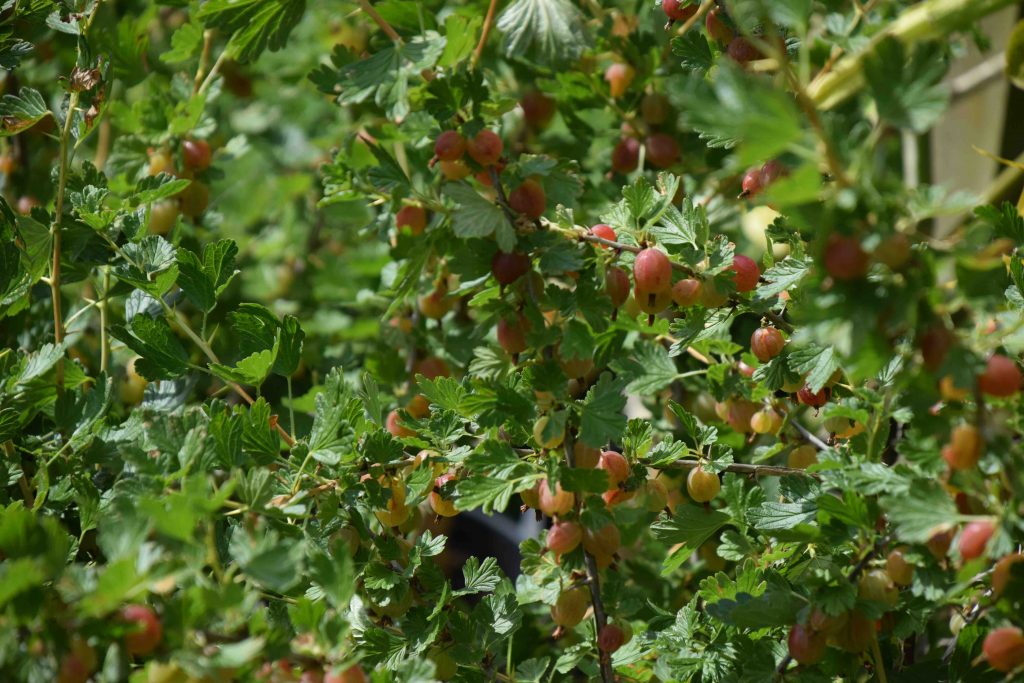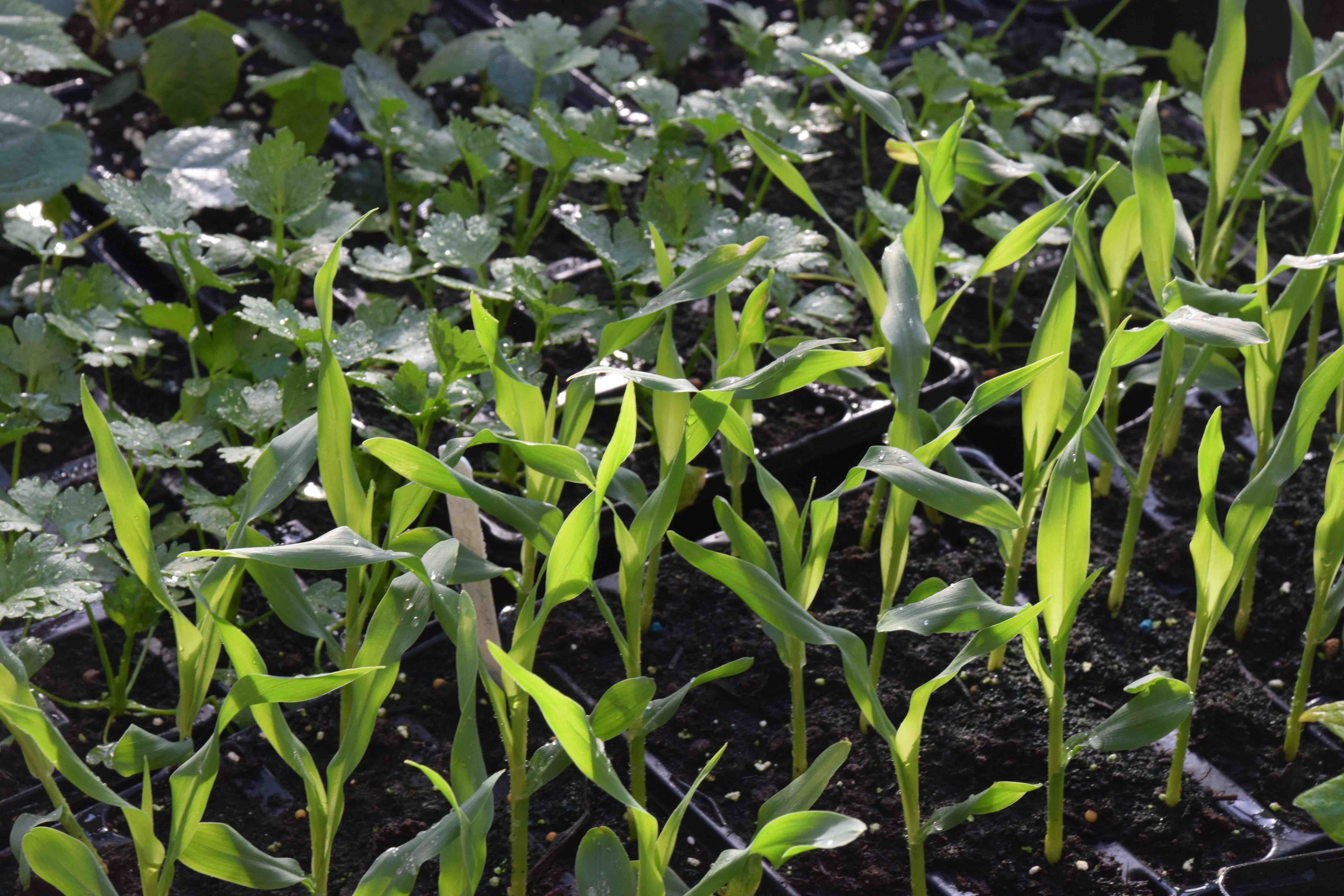
Growing veg at home has its ups and downs. Usually it gets a boost during recessions when people think they can save money by growing their own fruit and veg. Experienced gardeners know that this is not always the case. A lot of things can go wrong and just as you shouldn’t count your chickens before they’re hatched you certainly shouldn’t buy a new freezer till you actually pick your beans!
You can cheat easily these days with young plants of many vegetables available in garden centres. This was another example of when Knights was well ahead of the curve because Brian was a keen exponent of growing and selling vegetable plants. It probably started because Brian was a keen veg grower himself and it is almost as easy to grow 100 packs of cabbages as three. In the days when I used to revisit for talks at weekends Brian would always show me the veg plants he was growing for sale with great pride. He was definitely ahead of the times. Now you can get all sorts of vegetable plants.
Now here I should give a personal warning about vegetable plants. I think it is well worth buying lettuce, cauliflowers and cabbage, among others. You won’t want more than ten of these maturing at the same time and it can be difficult, as time-consuming to sow just a few seeds every few weeks to ensure a constant supply and avoid a glut. This is where vegetable plants are perfect. But there are some plants that do not like being transplanted and this includes root crops. I remember years ago, answering garden questions at a flower show, a lady who grew carrots and every year they were the same – Z – shaped. Over-rich soil can cause forking and sometimes the taproot will hit a stone in the soil and cause odd shapes but Z-shaped carrots every year was a bit of a mystery until I finally asked – ‘You’re not transplanting them are you?’ The answer was yes. So you can imagine the scenario – the hole being made and the long, stringy root being dropped in and inevitably getting bent – every time! You have to sow carrots where they are to grow. There is the cost issue too – I have seen packs of ten radish seedlings: every one will produce one radish, if it grows. Compare that with a cabbage plant and the economic inefficiency is obvious!
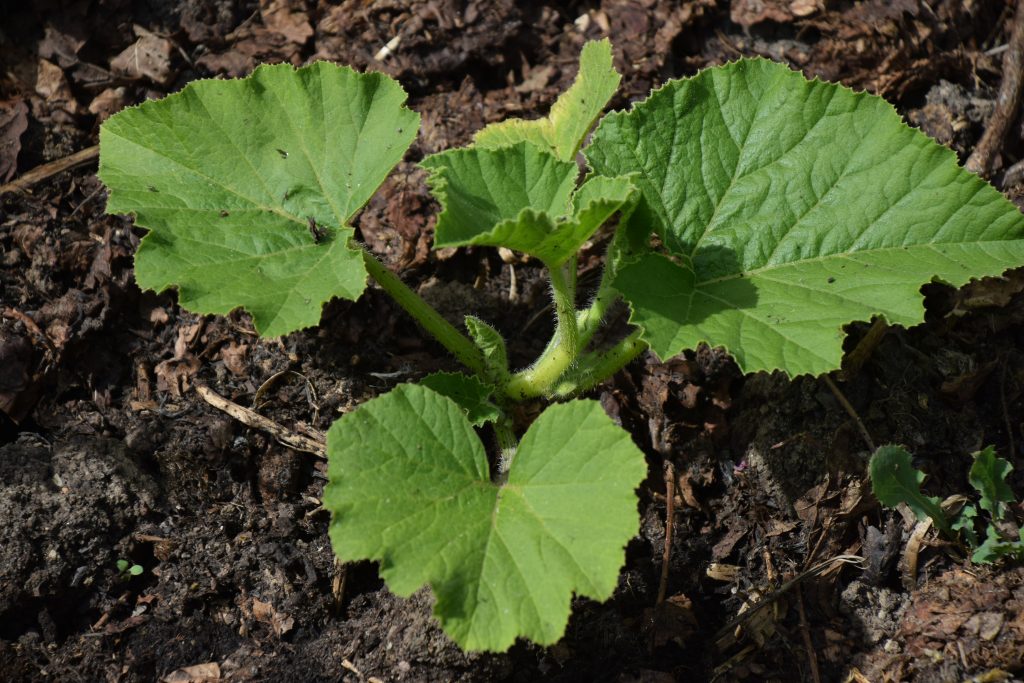
Buying courgettes, squashes and pumpkins will give you a head start too but I would always prefer to buy seeds simply because the seedlings grow so quickly and are cheaper. Having a few spare seeds is useful for later sowings. You can sow courgettes up to the end of this month and they will extend the cropping period.
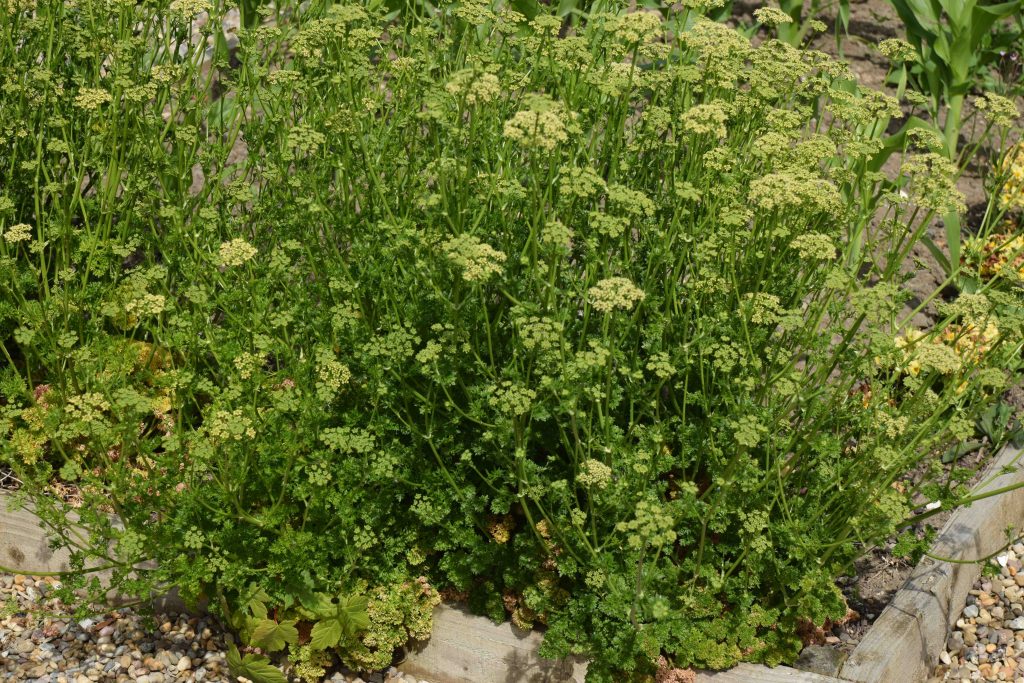
Parsley is worth buying as plants, however, because seeds can be slow to germinate. We all need lots of parsley and, last-year’s plants will be bolting now – running to flower and seed – and will die. There is nothing you can do to prevent this – they are biennials and die in the second year. So get some new plants to replace them.
I let the old plants flower because the green flowers are nice for bouquets to mix with flowers such as roses.
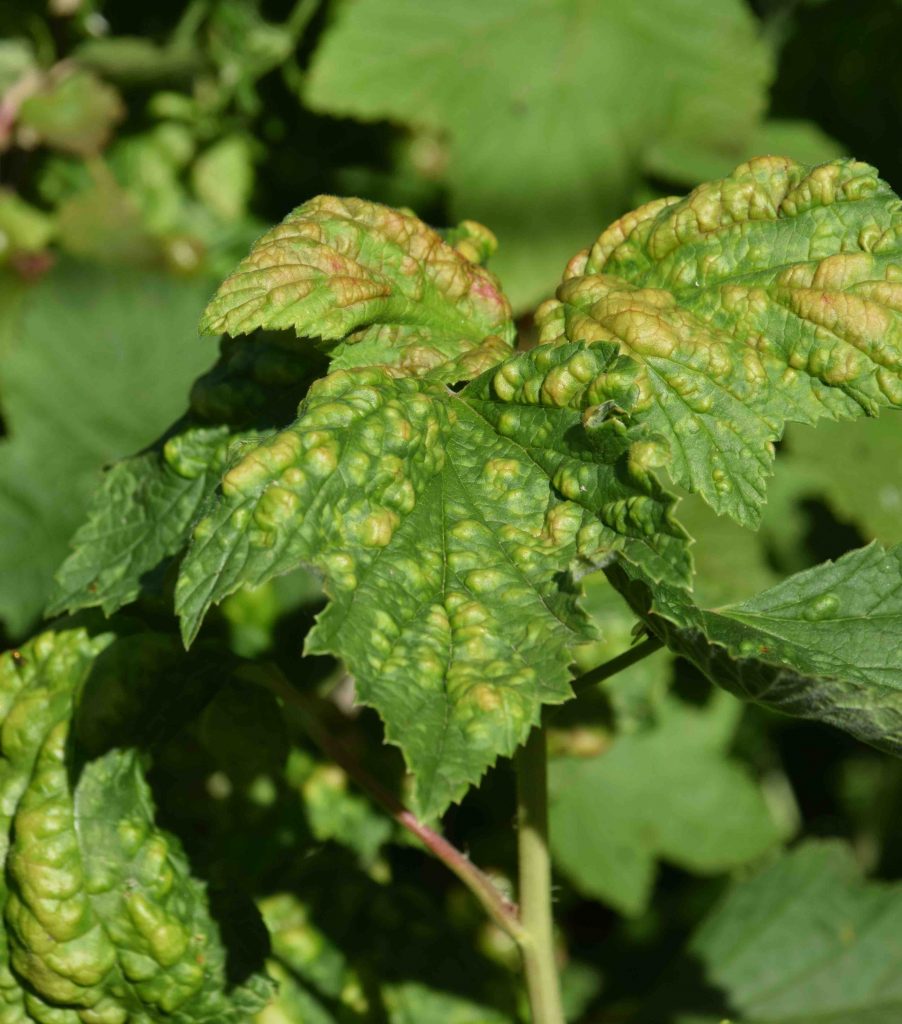
Red currants are easy to grow – if you keep the birds off – but you may have noticed that the new leaves are blistered with lumps and maybe flushed red. This damage is caused by Currant Blister Aphid. Although it looks dramatic it does not do much harm. The leaves blister as the aphids feed and by now they may have moved on. Spraying is not necessary, and is difficult because the aphids hide under the leaves. If you prune off the shoots tips with the affected leaves you get rid of the problem and do a bit of useful pruning.
And while on the subject of birds, make sure you protect your soft fruit form blackbirds. Hanging CDs above the plants may help or you can net the plants but check the nets daily to avoid birds getting caught.
